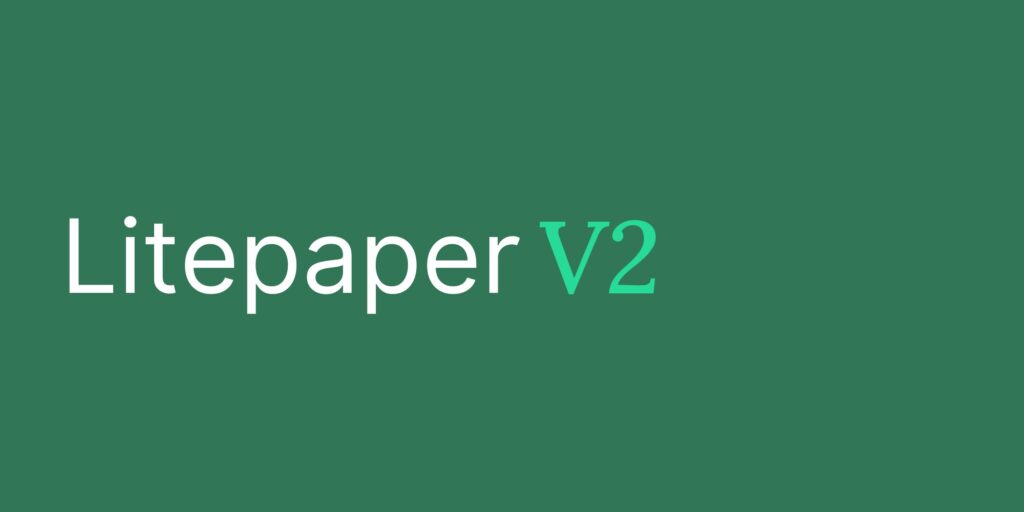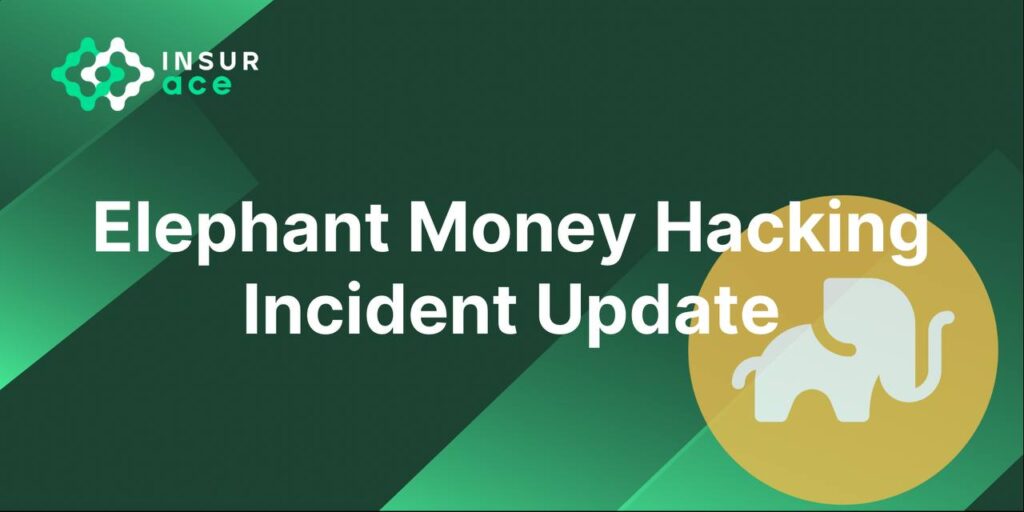The tokenization of real-world assets is a groundbreaking development in the world of finance. It allows traditionally illiquid and physical assets, such as real estate, art, and commodities, to be represented as digital tokens on blockchain platforms. While tokenization offers several advantages, including increased liquidity and accessibility, it’s essential to recognize that it’s not without its risks. In this blog, we’ll explore the potential risks associated with the tokenization of real-world assets.
1. Regulatory Risks:
- Regulatory frameworks for tokenized assets are still evolving in many jurisdictions. This lack of regulatory clarity can create uncertainty for both issuers and investors. Changes in regulations, compliance requirements, or the introduction of new laws could impact the legality and operability of tokenized asset platforms.
2. Legal Risks:
- Tokenizing real-world assets often involves complex legal structures and contracts. The enforceability of these contracts and the legal rights of token holders can be subject to dispute. Legal issues, such as property rights, contractual obligations, and jurisdictional disputes, can arise and potentially lead to litigation.
3. Counterparty Risk:
- Tokenization platforms and issuers act as intermediaries in the process. Investors place trust in these entities to ensure that the tokenized assets are accurately represented, securely stored, and that transactions are executed correctly. If a platform or issuer experiences financial difficulties or fraudulent activities, investors could be at risk of losing their assets.
4. Market Risk:
- The value of tokenized assets can be influenced by market factors, just like traditional assets. Factors such as supply and demand, economic conditions, and market sentiment can lead to price fluctuations. Investors may be exposed to market risks, which can affect the value of their tokenized holdings.
5. Liquidity Risks:
- While tokenization can increase the liquidity of traditionally illiquid assets, it doesn’t guarantee instant liquidity. The secondary market for tokenized assets may have limited participants, and selling assets quickly may not always be feasible. Investors should be aware of potential challenges in finding buyers or sellers when needed.
6. Technology Risks:
- Tokenization relies on blockchain technology, which is not immune to technical issues, cyberattacks, and vulnerabilities. A security breach or a smart contract error on the underlying blockchain platform could result in the loss of assets.
7. Valuation Risks:
- Determining the fair market value of tokenized real-world assets can be challenging. Valuation methods and pricing mechanisms can vary, leading to discrepancies and potential disputes among investors. Accurate pricing is crucial for assessing the true value of investments.
8. Illiquidity of Physical Assets:
- The tokenization of a physical asset doesn’t change the inherent illiquidity of the asset itself. Real estate, for example, cannot be converted to cash instantly. Investors should consider the time it takes to liquidate the underlying asset if needed.
9. Operational Risks:
- Tokenization platforms must manage the day-to-day operations of issuing and maintaining tokenized assets. Operational risks include system outages, fraud prevention, and ensuring the accuracy of tokenized representations.
10. Scam and Fraud Risks:
The relative newness of tokenized assets makes them a potential target for scams and fraudulent schemes. Investors should exercise caution and conduct due diligence to avoid falling victim to such activities.
Tokenization of real-world assets is a transformative financial innovation with the potential to democratize investment opportunities. However, as with any financial instrument, there are risks to consider. Investors and stakeholders in the tokenization ecosystem must remain vigilant, stay informed about changing regulations, conduct thorough due diligence, and employ risk management strategies to mitigate these challenges. As the field continues to evolve, it’s crucial to acknowledge and address these risks to realize the full potential of tokenized assets while safeguarding the interests of all participants.

